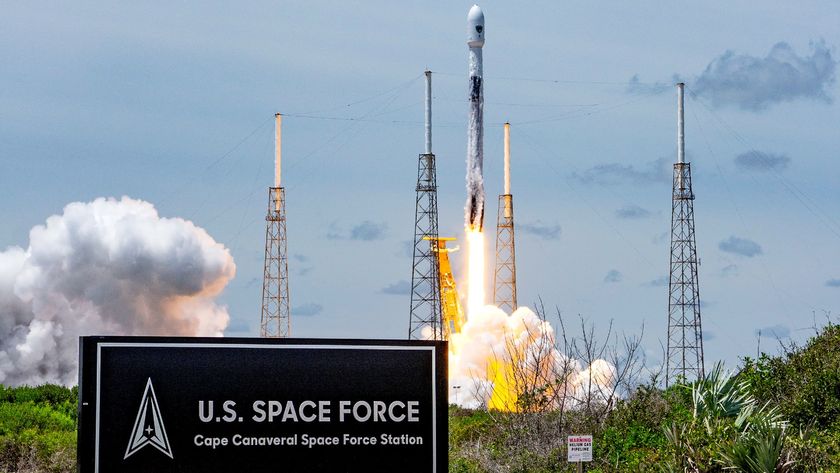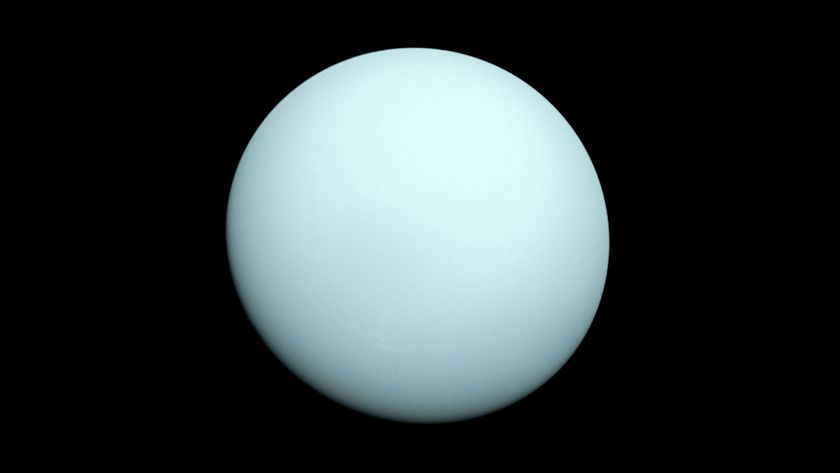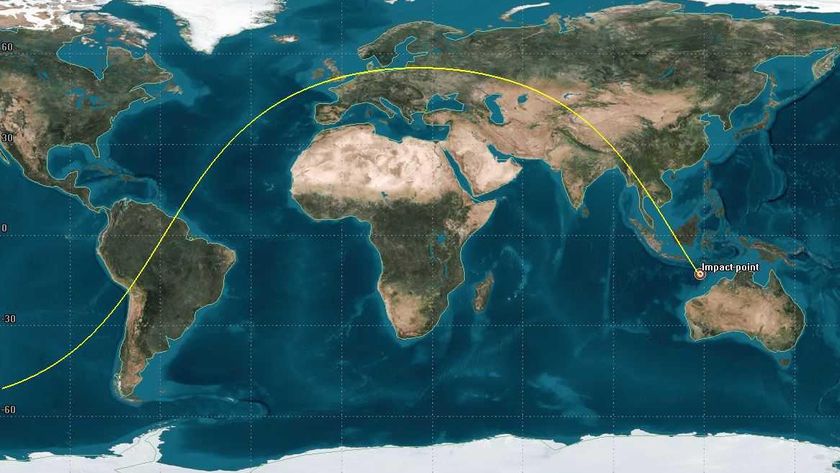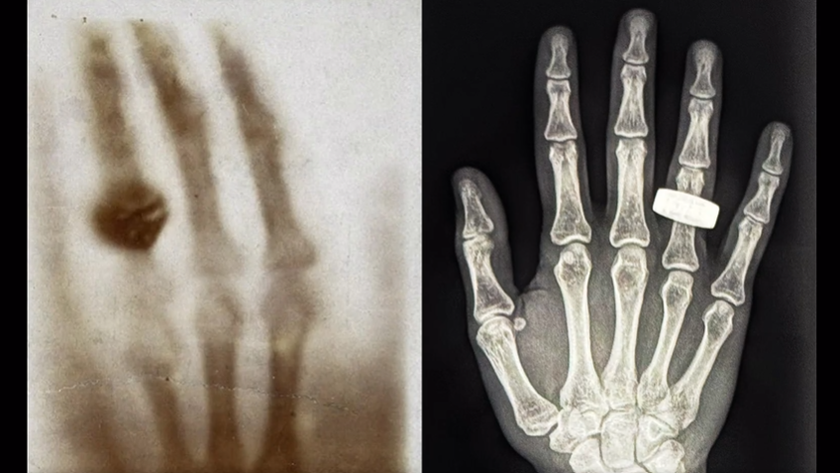50 years after Apollo 13, we can now see the moon as the astronauts did
This Saturday (April 11) will mark 50 years since NASA's Apollo 13 mission launched on an unexpectedly tumultuous journey around the moon. Now, a modern lunar orbiter has reconstructed what the Apollo 13 astronauts would have seen of the lunar surface.
Famously described as a "successful failure," Apollo 13 did not go as planned: An oxygen tank exploded 56 hours into the mission. Thankfully, some fast-thinking teamwork between the astronauts and mission control back on Earth salvaged the mission and, after a trip around the moon, the astronauts safely returned to Earth.
So, while the crew didn't land on the moon as planned, they did travel around it and, thanks to modern technology, we can now see what they saw on this journey.
Related: Apollo 13 in Real-Time website offers new insight into mission
More: Apollo 13: A step-by-step timeline of the historic mission

A photo of the lunar surface taken by the Apollo 13 astronauts on their trip around the moon.

Soon after sunrise, the Apollo 13 crew snapped this incredible shot of the moon.

A snapshot of the Tsiolkovskiy crater, taken by the Apollo 13 crew with a telephoto lens.
Researchers used data from NASA's Lunar Reconnaissance Orbiter mission to recreate what the Apollo 13 crew saw as they flew around the far side of the moon. In the video, you can see craters and other lunar features emerge from the darkness. You can imagine yourself as any of the crewmembers — commander Jim Lovell, command module pilot Jack Swigert or lunar module pilot Fred Haise — looking down and watching the lunar surface pass by as the spacecraft flew overhead.
In addition to the Lunar Reconnaissance Orbiter data, the researchers also consulted the Apollo 13 flight plan and, despite the major change in plans with the mission, were able to use the position and speed at the craft's closest point to the Moon which was listed in the Apollo 13 Mission Report. Taken together, those details allowed them to determine factors including the position and speed of the spacecraft at its closest point to the moon, which helped clarify the vehicle's trajectory.
To create this virtual trip around the moon, this team was also informed by photos taken by the Apollo 13 crew during this trip around the moon. You can see some of the captivating original images above, but you can also find every Apollo 13 photo ever online in the Apollo Image Atlas.
Get the Space.com Newsletter
Breaking space news, the latest updates on rocket launches, skywatching events and more!
- Failure was not an option: NASA's Apollo 13 mission of survival in pictures
- How Apollo 13's dangerous survival mission worked (infographic)
- Destination: Moon — what to watch for the Apollo 11 50th anniversary
Follow Chelsea Gohd on Twitter @chelsea_gohd. Follow us on Twitter @Spacedotcom and on Facebook.
OFFER: Save 45% on 'All About Space' 'How it Works' and 'All About History'!
For a limited time, you can take out a digital subscription to any of our best-selling science magazines for just $2.38 per month, or 45% off the standard price for the first three months.
Join our Space Forums to keep talking space on the latest missions, night sky and more! And if you have a news tip, correction or comment, let us know at: community@space.com.

Chelsea “Foxanne” Gohd joined Space.com in 2018 and is now a Senior Writer, writing about everything from climate change to planetary science and human spaceflight in both articles and on-camera in videos. With a degree in Public Health and biological sciences, Chelsea has written and worked for institutions including the American Museum of Natural History, Scientific American, Discover Magazine Blog, Astronomy Magazine and Live Science. When not writing, editing or filming something space-y, Chelsea "Foxanne" Gohd is writing music and performing as Foxanne, even launching a song to space in 2021 with Inspiration4. You can follow her on Twitter @chelsea_gohd and @foxannemusic.











